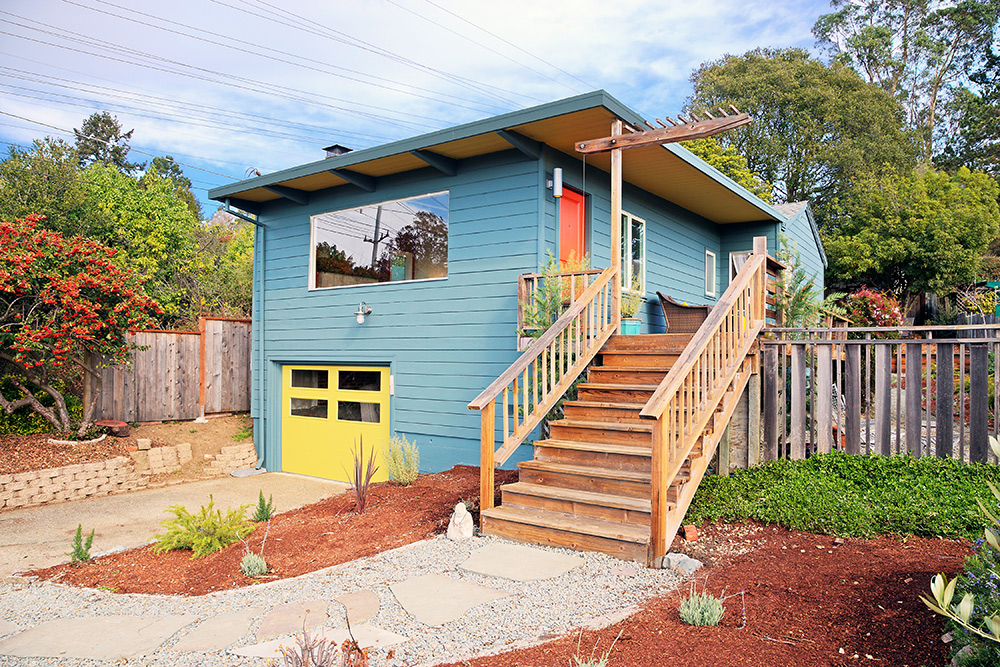Homeownership often brings the joy of creating a personalized living space, but it also comes with significant financial responsibilities. One major aspect of homeownership is making improvements, which can enhance property value and comfort. However, these upgrades can be expensive. Fortunately, tax relief options exist to help mitigate these costs, providing homeowners with financial assistance. This article explores the various types of tax relief available for home improvements and what homeowners should understand to maximize these benefits.
Understanding Tax Relief for Home Improvements
Tax relief on house improvements refers to the various ways homeowners can reduce their tax liability through deductions, credits, or exemptions related to expenditures made on their property. While tax laws can be complex and vary by jurisdiction, several common forms of tax relief are available for homeowners who undertake improvements.
Home Energy Efficiency Improvements
One of the most significant forms of tax relief for home improvements relates to energy efficiency upgrades. Many countries offer tax credits or deductions for homeowners who invest in energy-efficient appliances, insulation, windows, or heating and cooling systems. In the United States, for instance, the Energy Efficient Home Improvement Credit allows homeowners to claim a credit for a percentage of the cost of qualifying improvements, such as energy-efficient windows and doors, solar panels, energy-efficient heating and cooling systems, and insulation upgrades. To qualify, homeowners must ensure that the improvements meet specific energy efficiency standards set by the government.
Medical Necessity Improvements
Home improvements that are deemed medically necessary may also qualify for tax relief. If a homeowner makes modifications to accommodate a disability or medical condition, these costs might be tax-deductible. Common improvements that may qualify include installing ramps for wheelchair access, widening doorways, and modifying bathrooms for accessibility. In these cases, it is essential to keep thorough records and possibly consult a tax professional to ensure that the improvements are appropriately categorized.
Home Office Improvements
For those who work from home, certain improvements made to a home office may qualify for tax deductions. Homeowners can deduct a portion of the costs associated with improvements made to the part of the home used for business purposes. This can include renovations to a dedicated home office space, upgrades to internet connectivity, and enhancements to security systems for business assets. To claim these deductions, homeowners should keep meticulous records of the costs and ensure they meet the requirements of the Home Office Deduction.
Capital Improvements and Property Taxes
While many homeowners are familiar with the concept of deductions, it is essential to understand how capital improvements can impact property taxes. Capital improvements, which are enhancements that add value to the property, can increase the assessed value of a home. This increase can lead to higher property taxes. However, homeowners can often offset these costs through tax relief options, such as deducting the cost of capital improvements from their taxable income when they sell the property. Keeping accurate records of all improvements made is crucial for homeowners to take advantage of this potential benefit homeimprovementmix.de/.
Conclusion
Tax relief on house improvements can significantly alleviate the financial burden of enhancing and maintaining a home. Homeowners should be aware of the various tax credits, deductions, and exemptions available to them based on the nature of the improvements they undertake. By understanding these options and keeping detailed records of all expenses, homeowners can make informed decisions about their investments in their properties. As tax laws can change, consulting with a tax professional can provide further guidance and ensure that homeowners maximize their tax relief opportunities while complying with current regulations.




